How RCEP’s Evolution is Quietly Reshaping Global Trade for International Enterprises
本文包含AI辅助创作内容
In today's fragmented trade environment, the Regional Comprehensive Economic Partnership (RCEP) stands out as a stabilizing force reshaping the Asia-Pacific economy. Encompassing 15 countries accounting for about 30% of the world's population and GDP, RCEP's expanding membership—including pending accessions like Hong Kong, Sri Lanka, and Chile—offers multinational companies a nuanced landscape filled with both opportunities and challenges.
A Growing Economic Bloc Amid Global Fragmentation
Since its enforcement in January 2022, RCEP has deepened regional integration. Last year, trade among members reached $5.7 trillion, a 2.5% increase despite global headwinds. This growth reflects RCEP's role as a counterweight to unilateral tariffs and trade disruptions, especially amid rising protectionism.
Hainan province, as a free trade port, aligns closely with RCEP's framework, aiming to be a key hub for market connectivity and industrial cooperation. For foreign enterprises, the bloc's gradual elimination of tariffs on over 90% of traded goods reduces costs and strengthens supply chain resilience—a crucial advantage amid ongoing global uncertainties.

Beyond Tariffs: Innovation and Financial Cooperation
RCEP fosters deeper technology and financial collaboration, reshaping multinational strategies. China's AI advances, such as the open-source model DeepSeek, exemplify the bloc's innovation potential. China Daily's editor Qu Yingpu highlighted “AI-enabled joint research” as a key driver for capacity building among members, offering fertile ground for international firms to innovate and localize products through shared resources.
New members like Hong Kong are expected to enhance regional financial integration, while Chile's accession signals a shift toward broader, cross-regional economic links—expanding RCEP's influence beyond Asia-Pacific.
Navigating Practical Complexities
Despite its promise, RCEP's benefits remain underutilized, especially by SMEs and less-informed businesses. Philippine academic Lucio B. Pitlo III emphasized the importance of showcasing successful use cases to boost confidence. Meanwhile, Myanmar's press council general secretary U Aye Chan noted low public awareness hinders broader adoption.
Technical challenges, including complex tariff schedules and rules of origin, also create barriers. RCEP Support Unit's Tunyathip Saengsuwan pointed out the need for stronger cooperation between governments, media, academia, and business to bridge these gaps.
For foreign investors, this means success requires proactive engagement, clear compliance understanding, and ongoing policy monitoring—not passive reliance.
The Vital Role of Communication
Effective communication emerges as crucial. China Watch's Luan Ruiying advocates translating technical terms into relatable business stories to clarify RCEP's real impacts. Kompas Morning Daily's Kris Mada stresses showing how RCEP affects daily lives—jobs, education, exports—over mere policy jargon.
This approach builds trust across diverse member states, helping foreign companies navigate differing local business cultures and public perceptions, essential for thriving regional value chains.
Expanding Horizons: Blue Economy and New Trade Talks
Parallel initiatives like China-ASEAN Free Trade Area Version 3.0 and China-Japan-South Korea FTA negotiations further enhance regional cooperation. China Oceanic Development Foundation's Lyu Bin highlighted the marine economy as a future growth area within RCEP, promoting sustainable ocean development and joint industrial planning.
For global enterprises engaged in maritime sectors, this signals new investment and partnership opportunities under the RCEP framework.












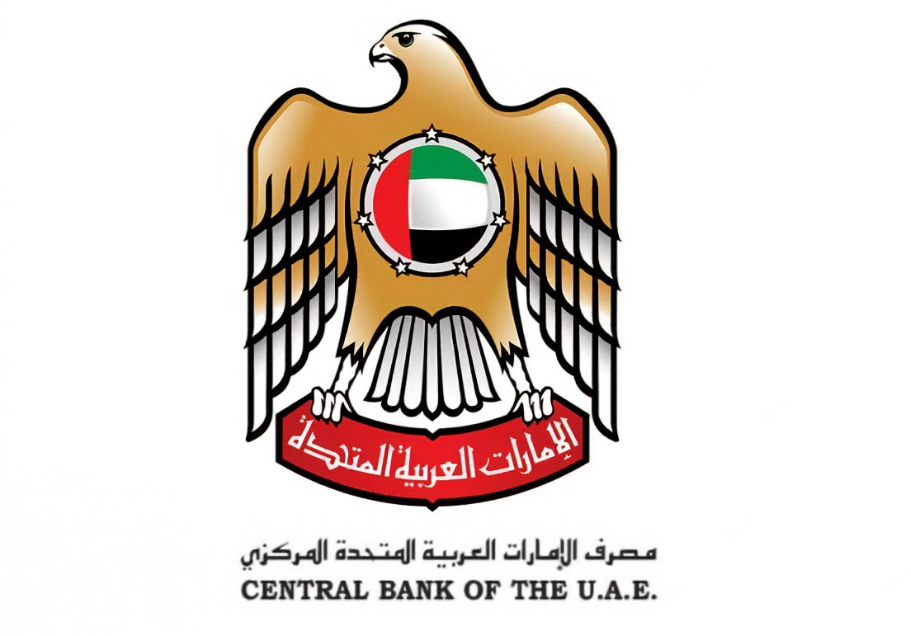
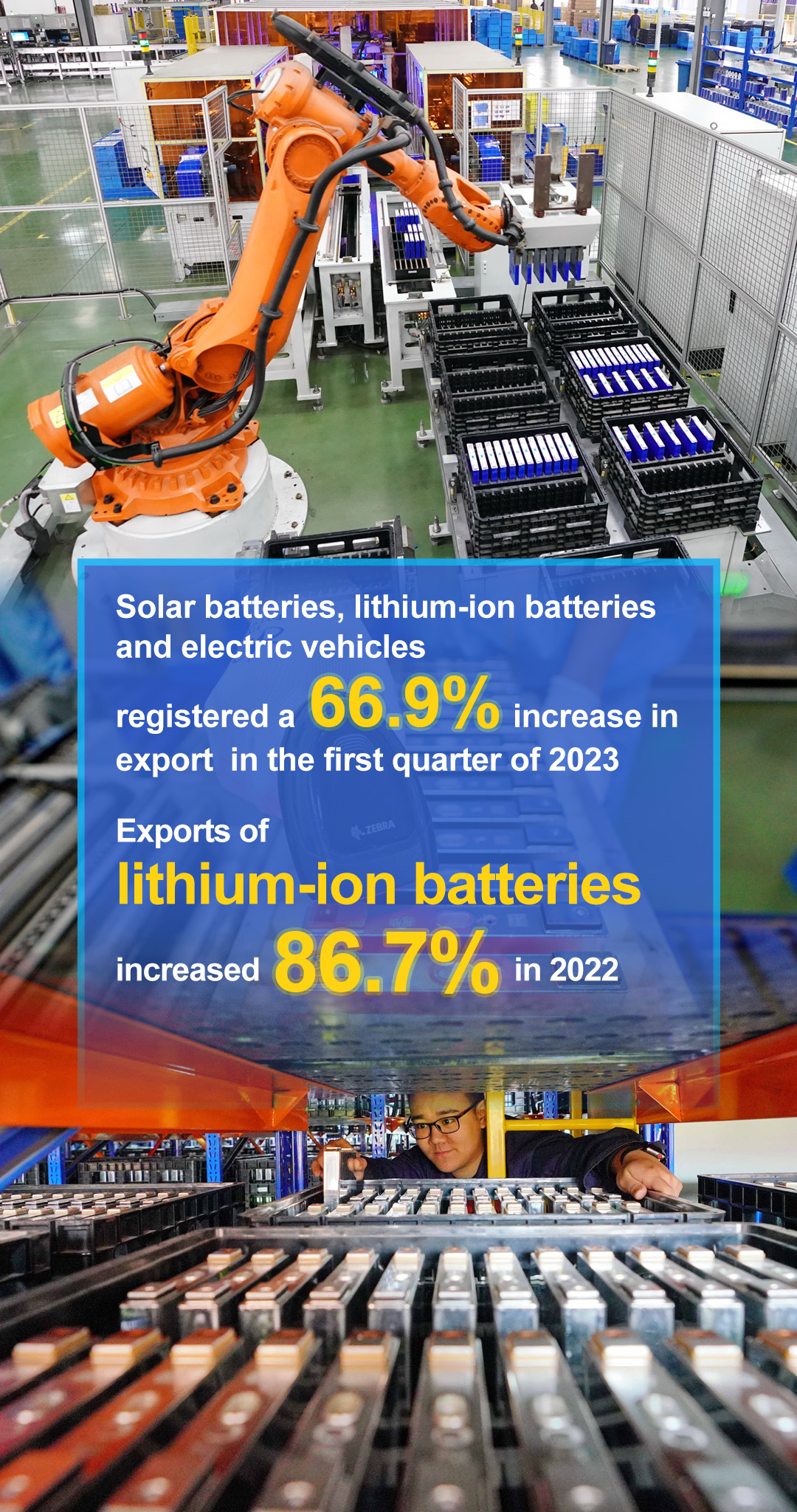
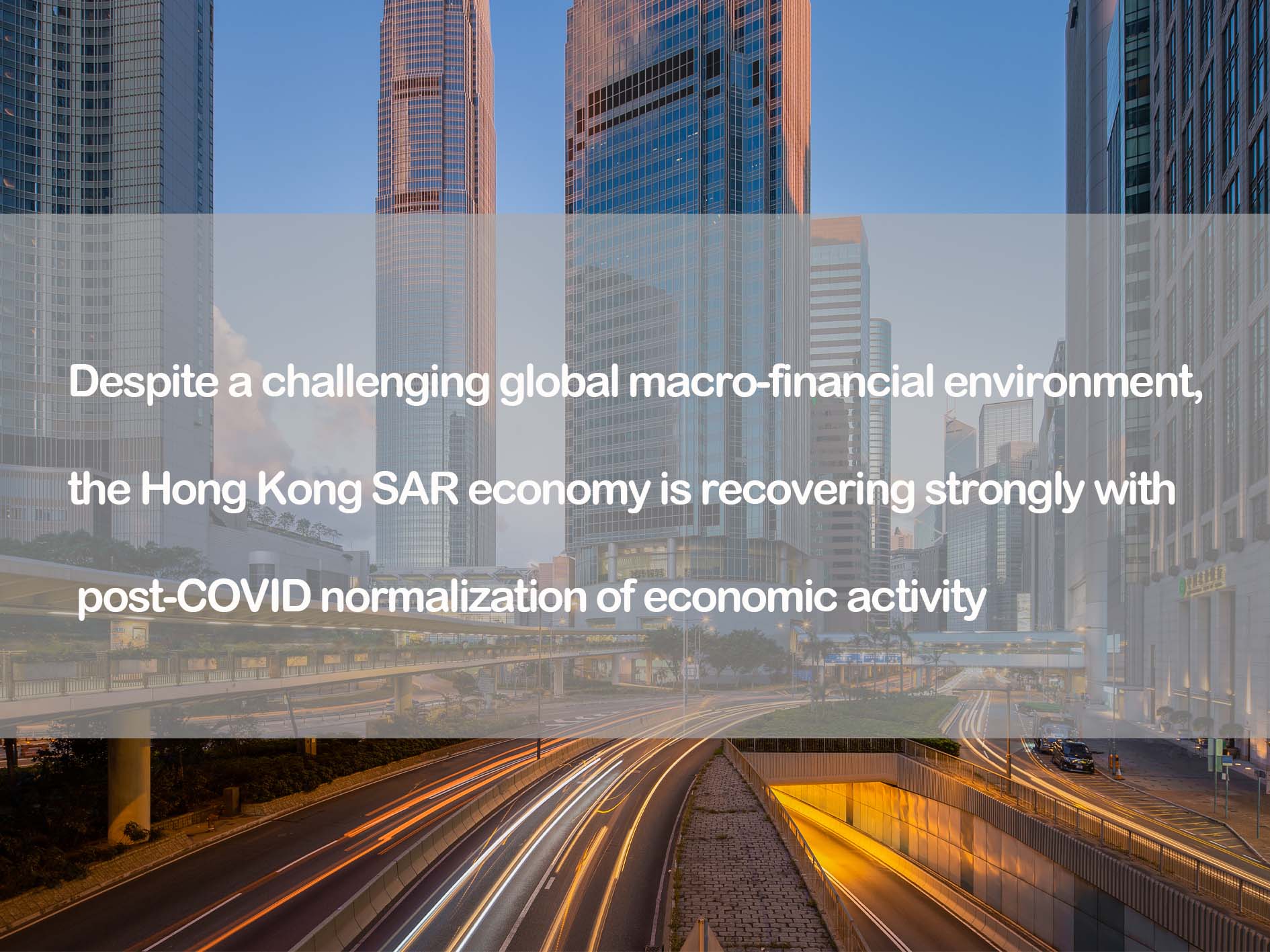



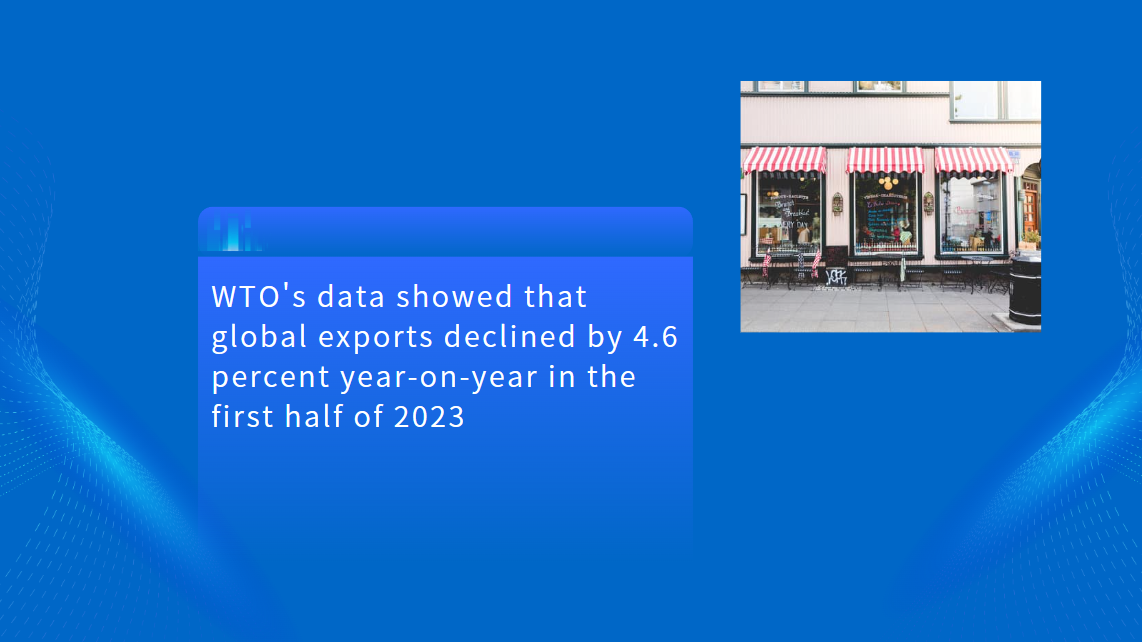
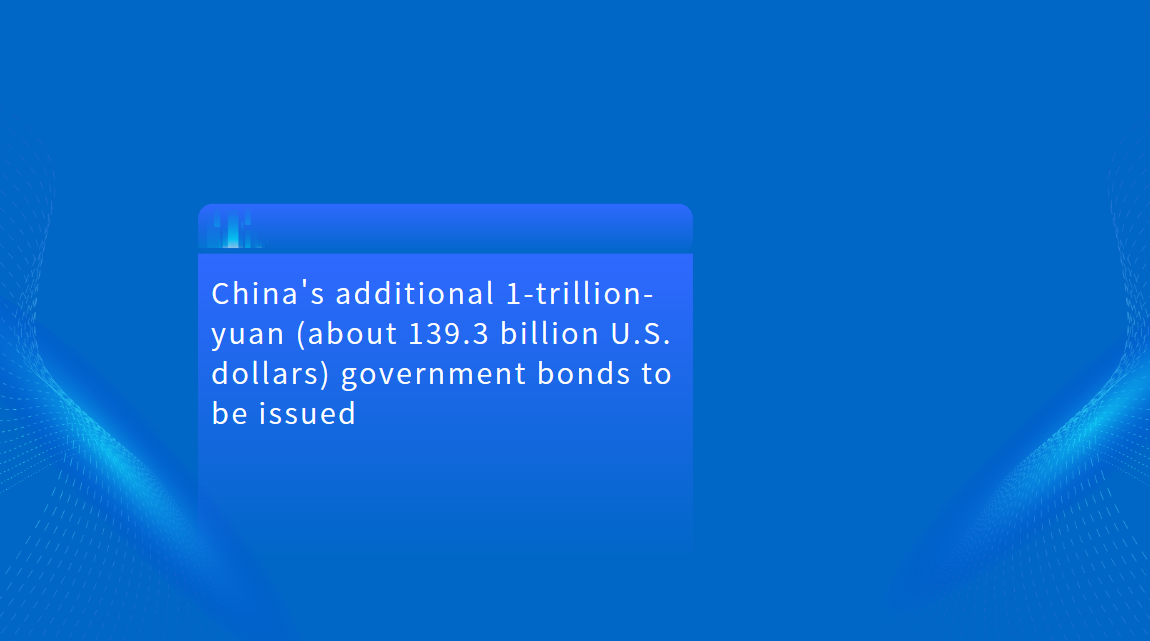


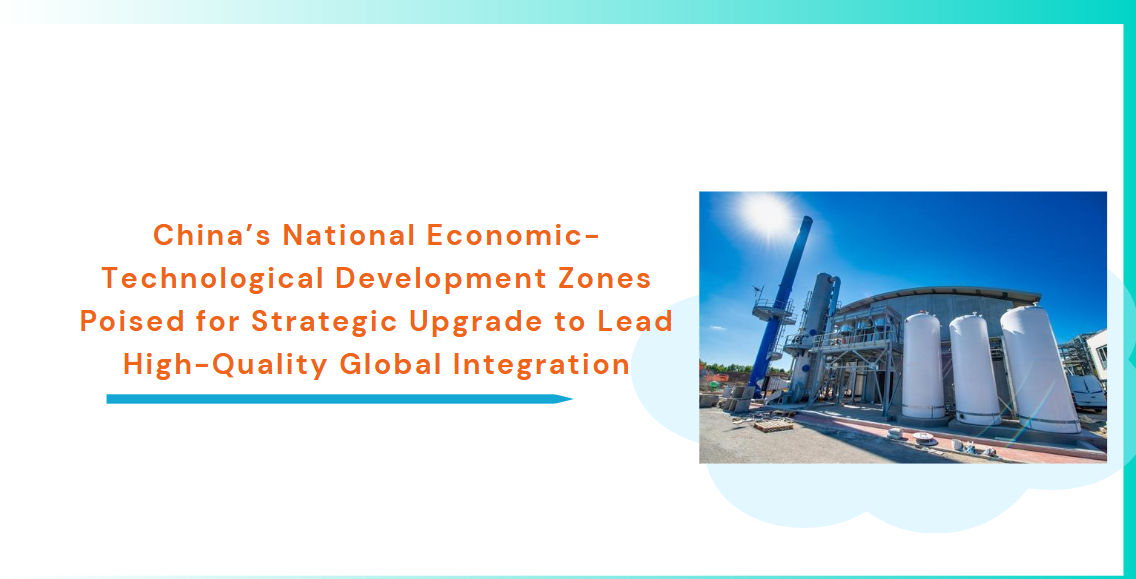






























First, please LoginComment After ~